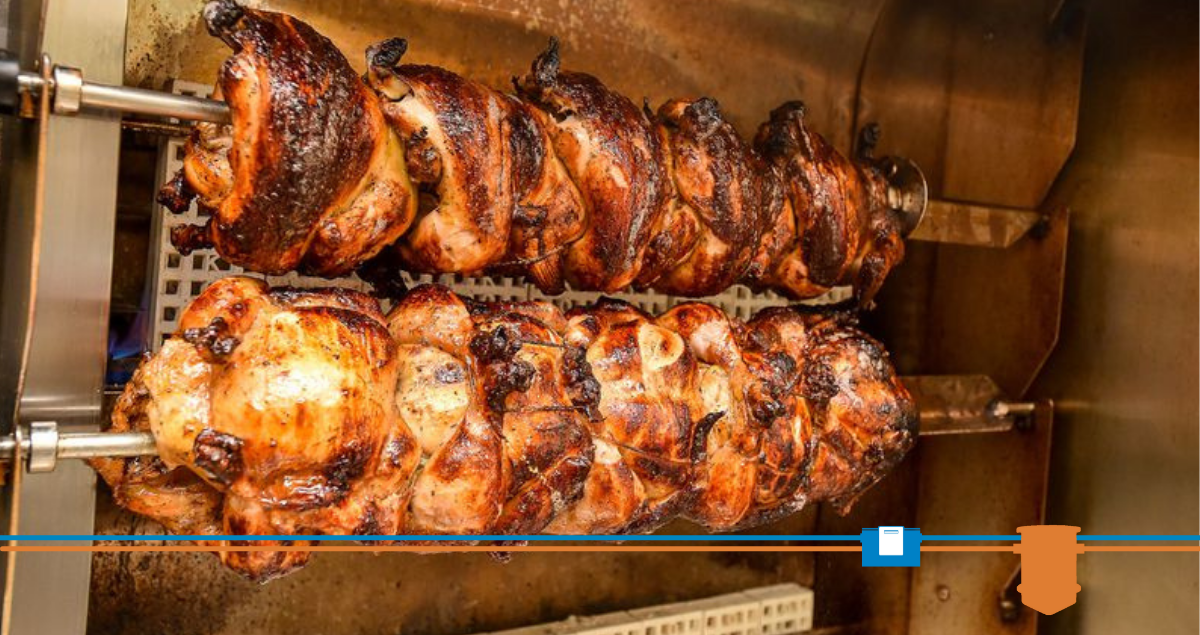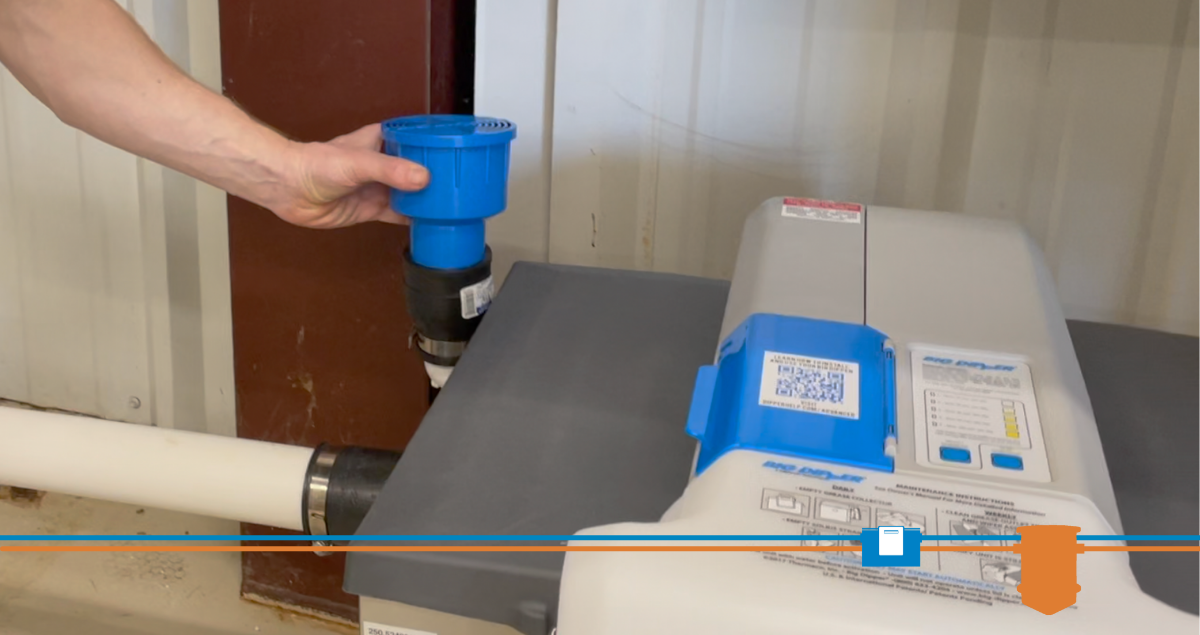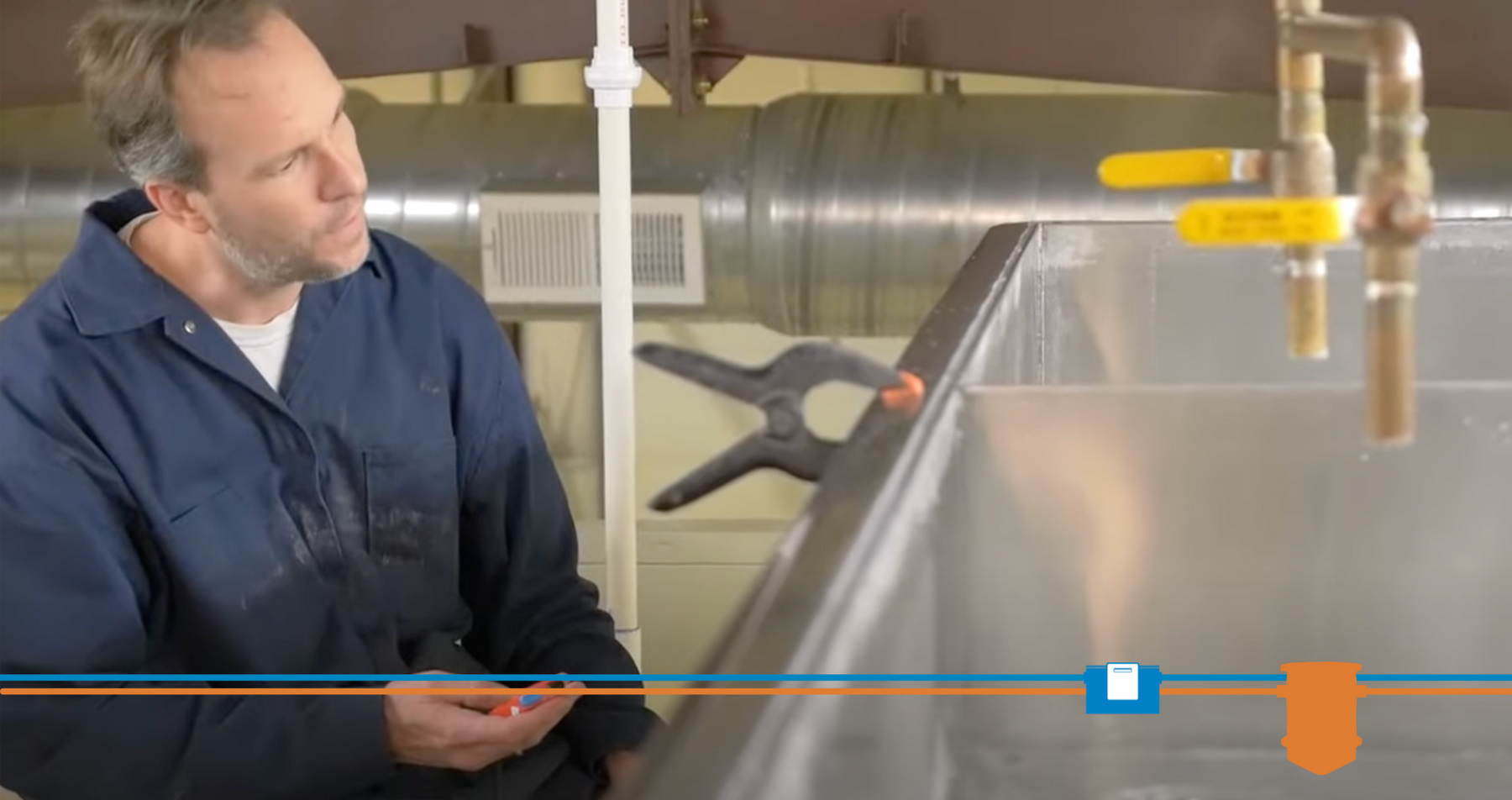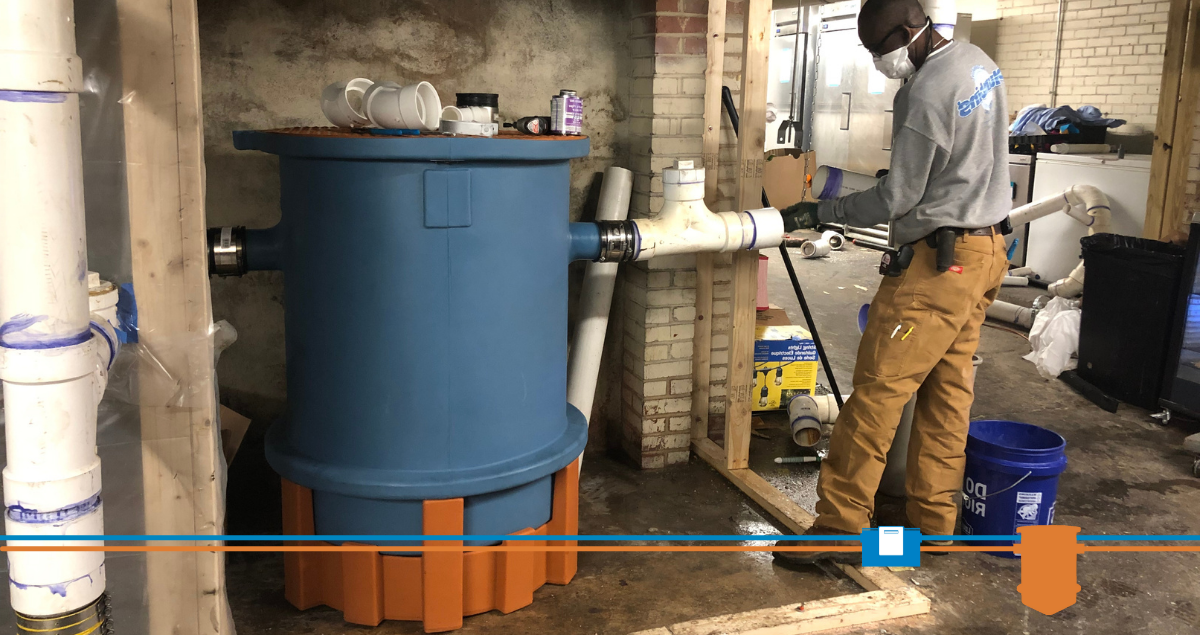How To Reduce Emulsion Loss and Avoid Fines
- Feb 21, 2022
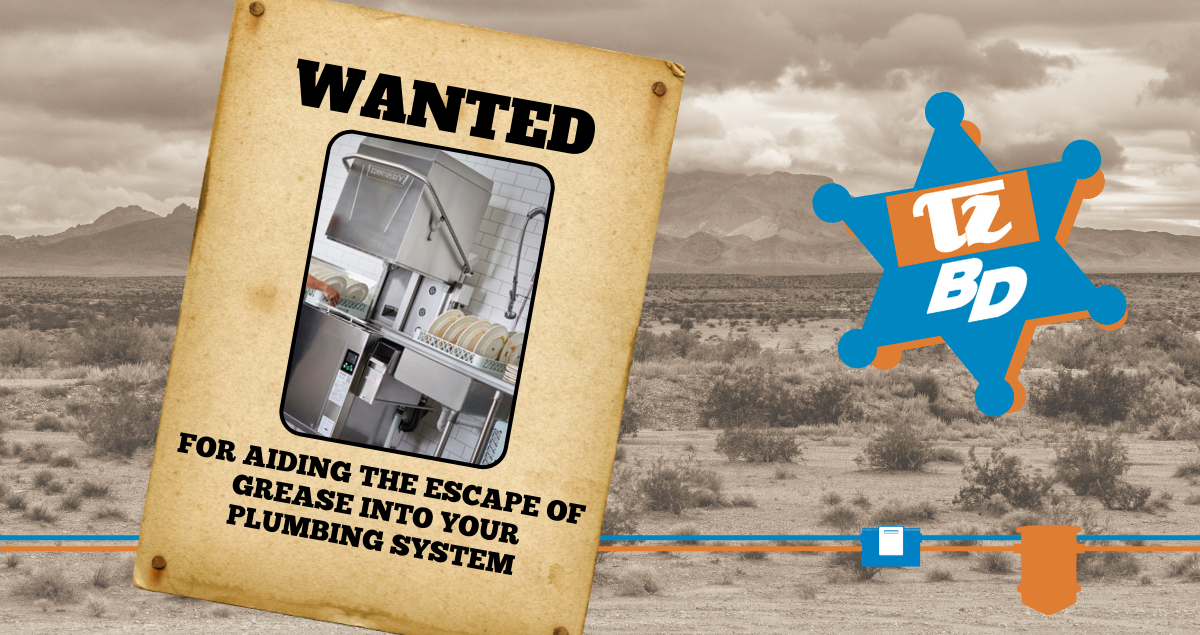
Imagine following all state and local grease management regulations and STILL receiving a non-compliance fine because grease in your city's wastewater system was traced back to your kitchen. Your grease trap is working as it should. Your kitchen practices are on point. What is going on?
Chemical emulsion, that's what.
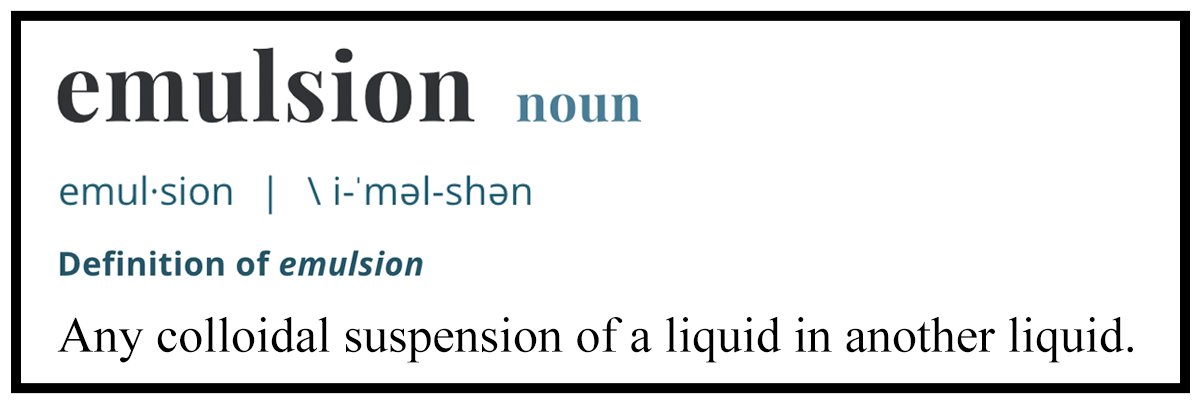
In your case, grease globules, which normally float on top of the water in your grease trap rather than mixing with it, are staying mixed with the water molecules because the grease has been broken into tiny droplets by chemical emulsion, one of two types of emulsions:
- Physical Emulsion happens when you shake a bottle of Italian dressing. The oil is blended with water and vinegar and other ingredients. Once the shaking is over, the oil separates out from the water, vinegar, and spices.
- Chemical Emulsion occurs when oil mixes with water or other liquids through a chemical process. This is what happens when you put dishwashing liquid into a sink with greasy or oily water.
Wastewater may have physically emulsified FOG in it as it leaves a sink and drains into a grease interceptor, but that process reverses quickly enough for the grease particles to separate from the water in the grease trap as intended. This is how hydromechanical grease interceptors work.
Your grease is chemically emulsified, however, remaining mixed with water long enough to escape through your plumbing and into your town’s wastewater system. The detergents in your dishwasher are emulsifying the grease, and the scalding-hot water in the washer is only exacerbating the process.
Now that you know what’s happening, how do you stop it?
3 Steps To Reduce Emulsion Losses
- First, any pots, pans, racks, or dishes being washed should be wiped before they’re put into a sink or dishwasher. The wiped-off food particles and grease are simply disposed of in a trash can, so there’s less grease that can be emulsified and reach the wastewater system. Wiping dishes before washing them is a commercial kitchen best practice.
- If you don't have one already, install a point-source grease trap like this Big Dipper W-250-IS before the dishwasher in your kitchen’s plumbing system to ensure as much grease as possible is captured before it can mix with the chemically emulsified water from the dishwasher.
- If you have an in-ground high-capacity grease interceptor, make sure the design minimizes secondary emulsion loss. When soapy water enters a grease trap, detergents in the water can eat away at the floating mat of grease at the top of the interceptor. This previously trapped grease emulsifies and flows into the sewer system. Well-engineered grease interceptors like this Trapzilla TZ-525 are designed to minimize this secondary emulsion. Here's how:
-
- Unique horizontal baffles reduce the amount of soapy water that flows up (instead of falling down) when it enters the trap through the inlet pipe.
- The compact footprint of the Trapzilla means there’s far less surface area on the underside of the floating “grease mat” that’s exposed to water. That reduces the amount of grease that could be emulsified inside the interceptor when soapy water is added.
The amount of FOG lost to emulsion adds up quickly, creating significant problems with big expenses for a wastewater system. That’s why modern, high-efficiency grease interceptors are vital for the health of your wastewater system. And it’s why you should care about emulsion losses.

